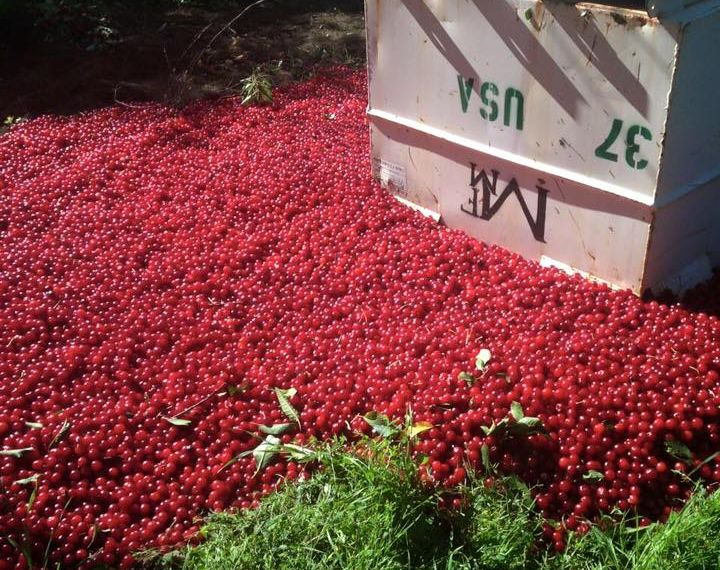

‘Colt’ is dwarfing rootstock hardy to -10°.‘Gisela’ rootstock will reduce tree size by 40 to 50 percent. ‘Gisela 5’ rootstock grows dwarfing (6 to 10 feet), heavy-fruiting trees.‘Mazzard’ rootstock grows well in heavy, moist soil, and in Eastern states this rootstock produces semi-dwarfing trees (12 to 15 feet tall).‘Mahaleb’ rootstock grows best in well-drained soil in dry climates this rootstock grows slightly compacted trees.Rootstock will affect the size of the mature tree. Local nurseries commonly carry fruiting stems (called scions) grafted to a rootstock that grows best in the region.


Cherries will tolerate partial shade but the yield will be limited. Sour cherries Where to plant a cherry tree Contact the nearby Cooperative Extension Service for cherry varieties that grow in your area.USDA Zones where growing cherries can be difficult are Zones 4 and colder, the humid Southeast and South Central states, and the Southwest.Duke cherries have growth and climate requirements similar to sweet cherries.Sour cherries are more tolerant of summer heat and less likely to suffer from frost damage because they bloom later than sweet cherries. Sweet cherries will suffer in the heat heat will reduce fruit size, especially when combined with humidity. Sweet cherries are hardy in Zones 5 to 9 they can withstand winter temperatures down to -16☏ without damage to the flower buds. Sweet cherries grow best in cool, arid regions.Cherries grow best where winters are just cold enough to freeze the top few inches of soil this gives the trees the necessary dormancy to set fruit in spring.Cherry tree diseases and other problems.


 0 kommentar(er)
0 kommentar(er)
